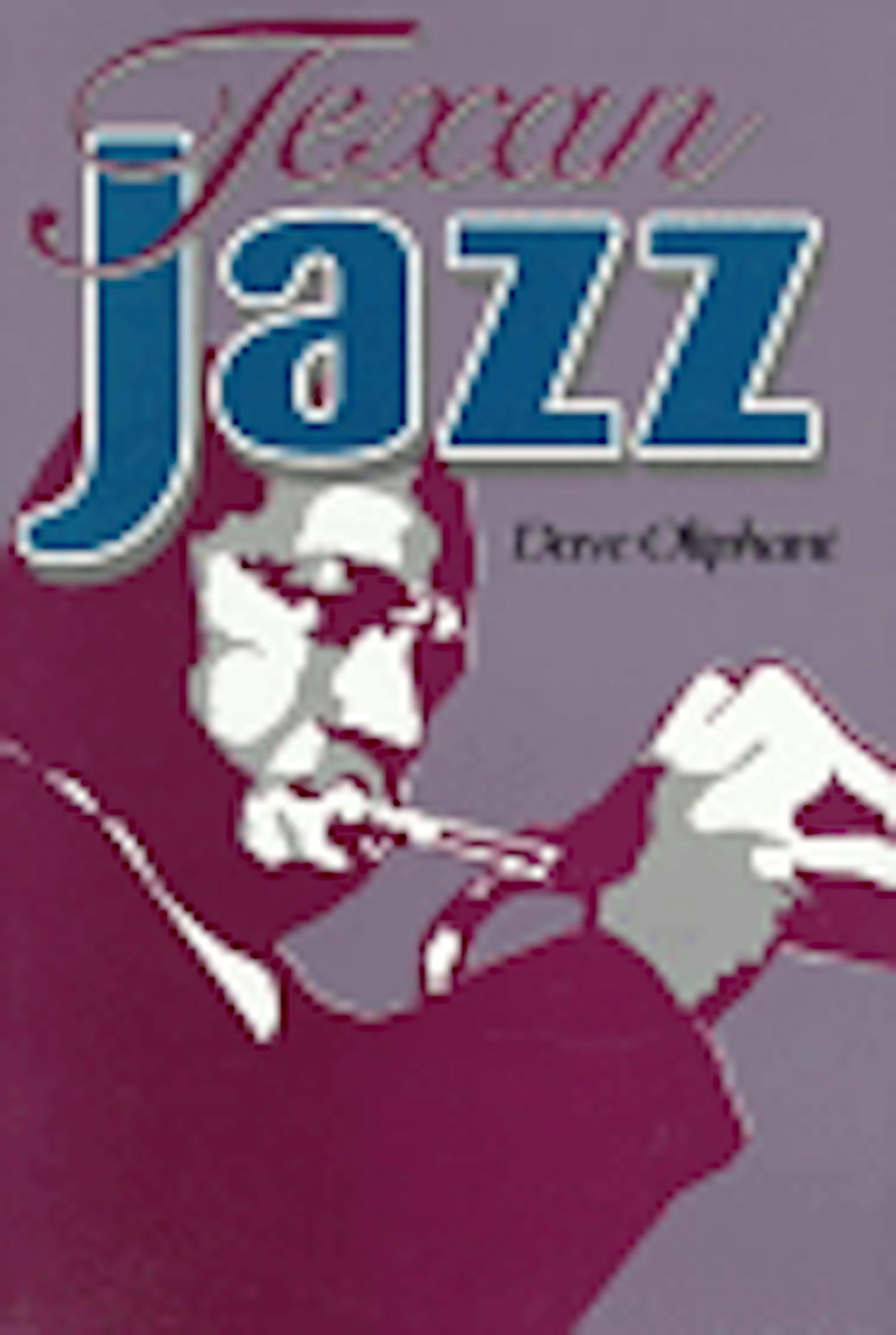Many types of nineteenth-century American music entered into the making of jazz, and a number of these originated in West Africa and from that region were brought by slaves to the New World. Among the African, antebellum traditions of southern blacks was the music of their everyday lives: work songs, play songs, story songs, satirical songs, field and street cries, and spirituals. All of these forms of black music contributed to the development of jazz, especially such practices as flatting the sixth and seventh tones of melodies in major scales, syncopating melodies against an established, repeated beat, establishing a calland-response pattern between a soloist and a group, and adding improvised, spontaneous phrases to a song or instrumental part. Out of these various traditions came two of the predominant elements in early jazz: ragtime, with it’s syncopated rhythms, and the blues, with their use of improvisation. Both of these vital elements, combined with European forms of music and instrumentation, account fundamentally for the beginnings of jazz in the American South and Southwest.
Although most histories of jazz have credited New Orleans and the Mississippi Delta region with being the source of the first srirrings of jazz-related musical practice, the Piney Woods region of East Texas has also received recognition as the origin for this twentieth-century music that began among the black minority and eventually spread to the white majority in the United States and abroad. Among the principal features associated with early jazz are its references to life in the cotton fields, along the railroad, and in lumber camps, jails, and prisons. The theme of separation from loved ones and of mistreatment by overseers and employers is allied with the joy of shared labor and the hope of better times. Such social and interpersonal motifs were characteristic of the way of life of blacks in East Texas and carried over into their music making. Crucially important to the experience of black East Texans was the fact that while their existence there was subject to the same hardships and cruelties common to their lives in the South before and after the Civil War, there was nonetheless the possibility of greater freedom and mobility. The theme of movement and its reproduction through sound is clearly present in such early jazz-related forms as the blues and boogie-woogie, and can be heard as well in the driving syncopated rhythms of ragtime.
Scott Joplin, whose ragtime tunes took the country by storm during the first two decades of the twentieth century, died a disappointed composer in 1917, the same year in which the Original Dixieland Jazz Band made the first jazz recording ever. As Gary Giddins has so aptly conceived it, Joplin’s 1911 ragtime Opera, “Treemonisha”, was his tar baby into which “he stuck one limb … and then another,” but he could not escape the rejection of this work with its rag tunes and its theme of education versus superstition, which “concerned him no less than it did Booker T. Washington.” Nevertheless, Joplin’s 1899 “Maple Leaf Rag” became “the first million-selling song … in the history of popular music” and an unexcelled example of the ragtime form, “a hallmark, a milestone.” More than fifty years after Joplin’s death, the composer’s ragtime music helped make possible in 1973 the success of The Sting, a film starring Paul Newman and Robert Redford, which won seven Oscar awards, including Best Musical Adaptation for Marvin Hamlisch, and which in turn revived the popularity of Joplin’s infectious tunes, in particular The Entertainer. Although this Hollywood film employs the composer’s rag tunes as theme music to a 1936 plot that is more than a decade removed from the height of the ragtime craze, the movie demonstrates an awareness of, and an appreciation for, Joplin’s inspiriting music over seventy years after it was first being composed and performed by this native of northeast Texas. Significant as well is the fact that, at Scott Joplin’s death on April 11, 1917, which coincided with the entrance of the United States into World War One, his compositions were still widely popular on the eve of three of this century’s most influential revolutions, through two of which his music would live on and in which his rags would have a consequential role to play.







